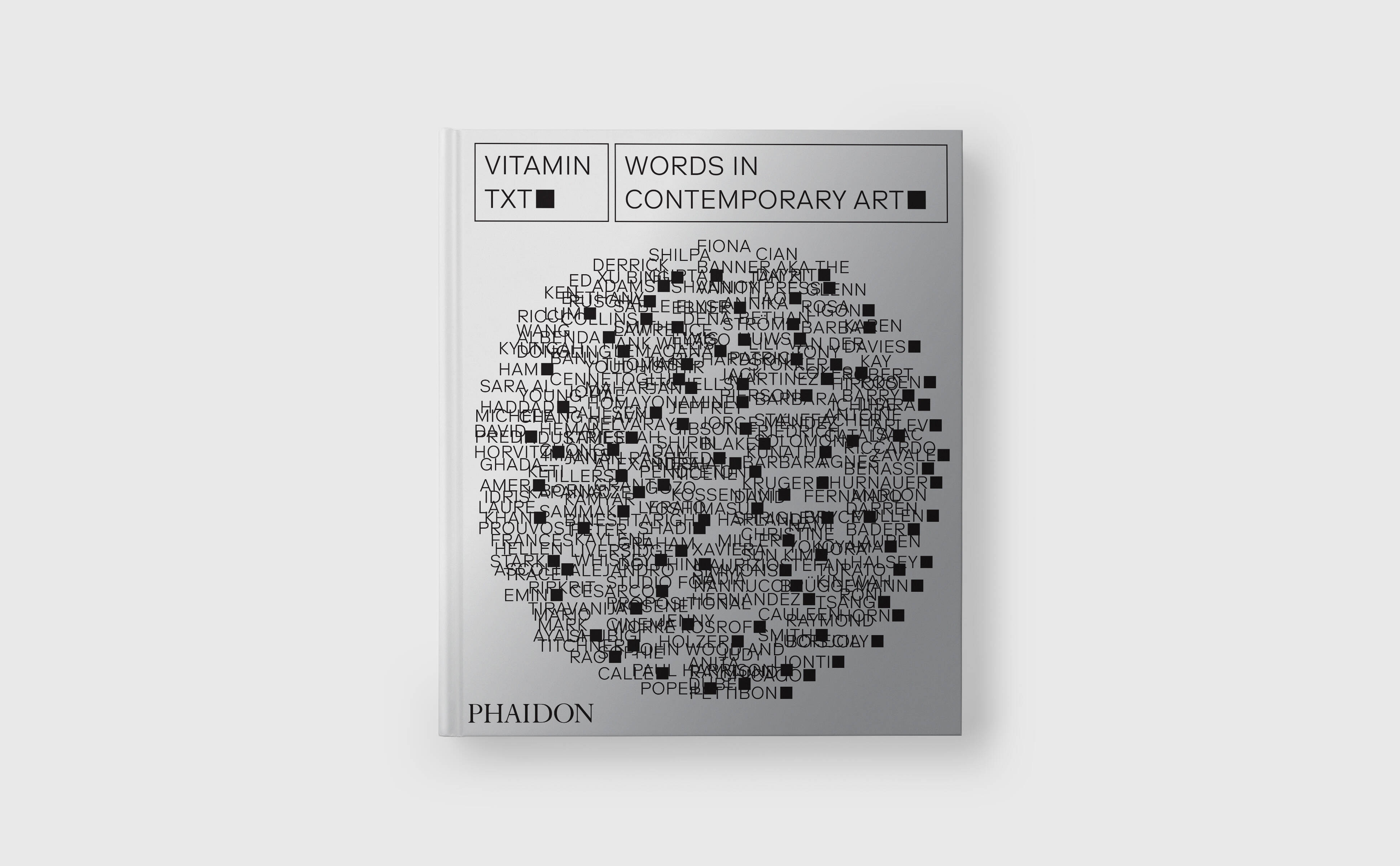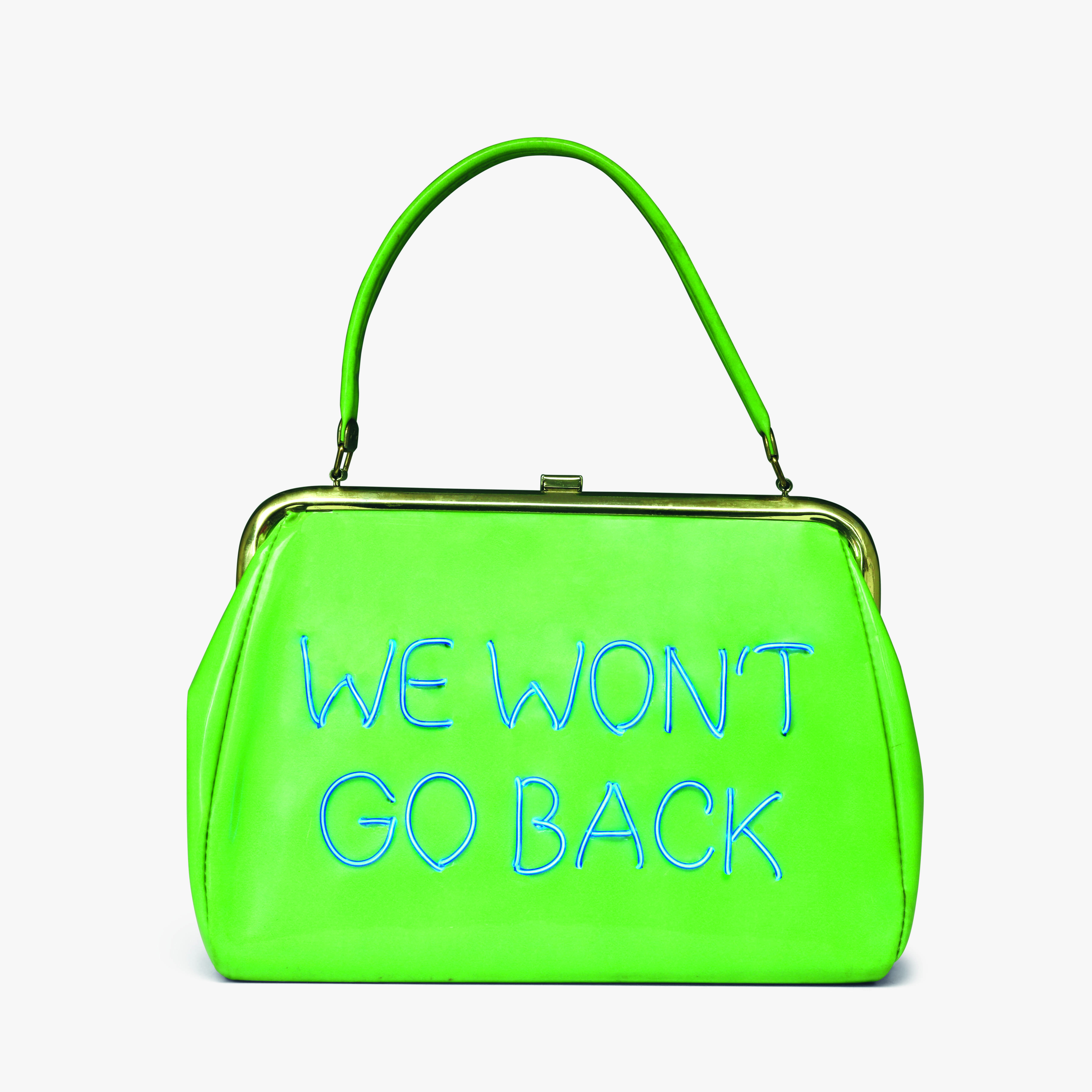
Meet the artists making text-based art a thing
Our new book Vitamin Txt: Words in Contemporary Art features over a hundred artists working across the globe in a medium that’s way older than you think
Though it might seem to be a product of a graffiti art age, text first found its way into what we know call “fine art” in early twentieth-century Europe. This was when artists in modernist movements such as Cubism and Dada saw its potential to represent the ways in which words had come to saturate daily life, at a time when newspapers and advertisements had begun to be distributed globally for the first time ever.
Artists such as Picasso, Braque, and Hannah Hoch created paintings and collages that contained carefully selected words and phrases from popular culture, acting not just as titles or captions but as integral parts of the image itself.
This distinction – words functioning as text versus words functioning as images – is actually central to our new book Vitamin Txt.
The artworks found in the pages of the book utilize the inherent readability of words to communicate ideas – sometimes for social or political purposes, but at other times to explore the aesthetic qualities of letters and typography. Text plays a primary visual role in all of the work contained in the survey.
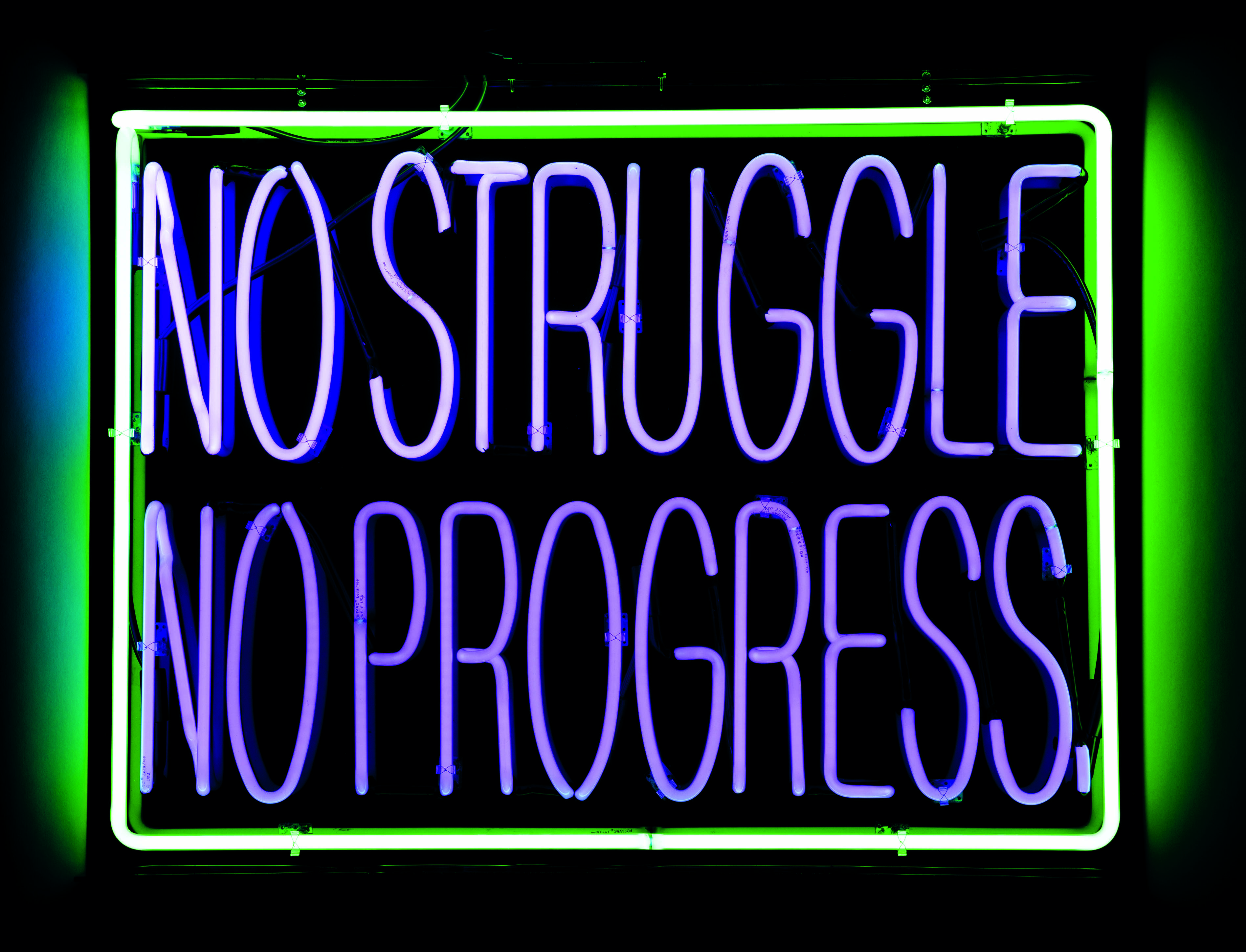 Patrick Martinez, Struggle and Progress (Frederick Douglass), 2018. Neon on Plexiglas. 30 × 40 × 3 in. (76.2 × 101.6 × 7.6 cm). Edition of 3. Collection Museum of Contemporary Art, Los Angeles; Whitney Museum of American Art, New York; and Rubell Museum, Miami, USA. Picture credit: Artwork © and courtesy the artist / Photo: Michael Underwood.
Patrick Martinez, Struggle and Progress (Frederick Douglass), 2018. Neon on Plexiglas. 30 × 40 × 3 in. (76.2 × 101.6 × 7.6 cm). Edition of 3. Collection Museum of Contemporary Art, Los Angeles; Whitney Museum of American Art, New York; and Rubell Museum, Miami, USA. Picture credit: Artwork © and courtesy the artist / Photo: Michael Underwood.
Vitamin Txt is the latest addition to our Vitamin series of books. It includes 103 artists and collectives from 34 countries, all nominated by an esteemed panel of curators, critics, historians, and collectors. This group includes such well-known names as Naomi Beckwith, Chief Curator of the Guggenheim; Lizzie Carey-Thomas, Chief Curator of the Serpentine Galleries; writer Alison Gingeras; Phaidon author Helen Molesworth; and artistic director of the next Venice Biennale, Adriano Pedrosa, among many others.
Since the release of Vitamin P in 2002, Phaidon has published 11 books in the Vitamin series showcasing the most innovative work by living artists working within a specific medium or material. Vitamin Txt diverges a little from previous books in the series by presenting work thematically, rather than by medium, allowing a more expansive survey.
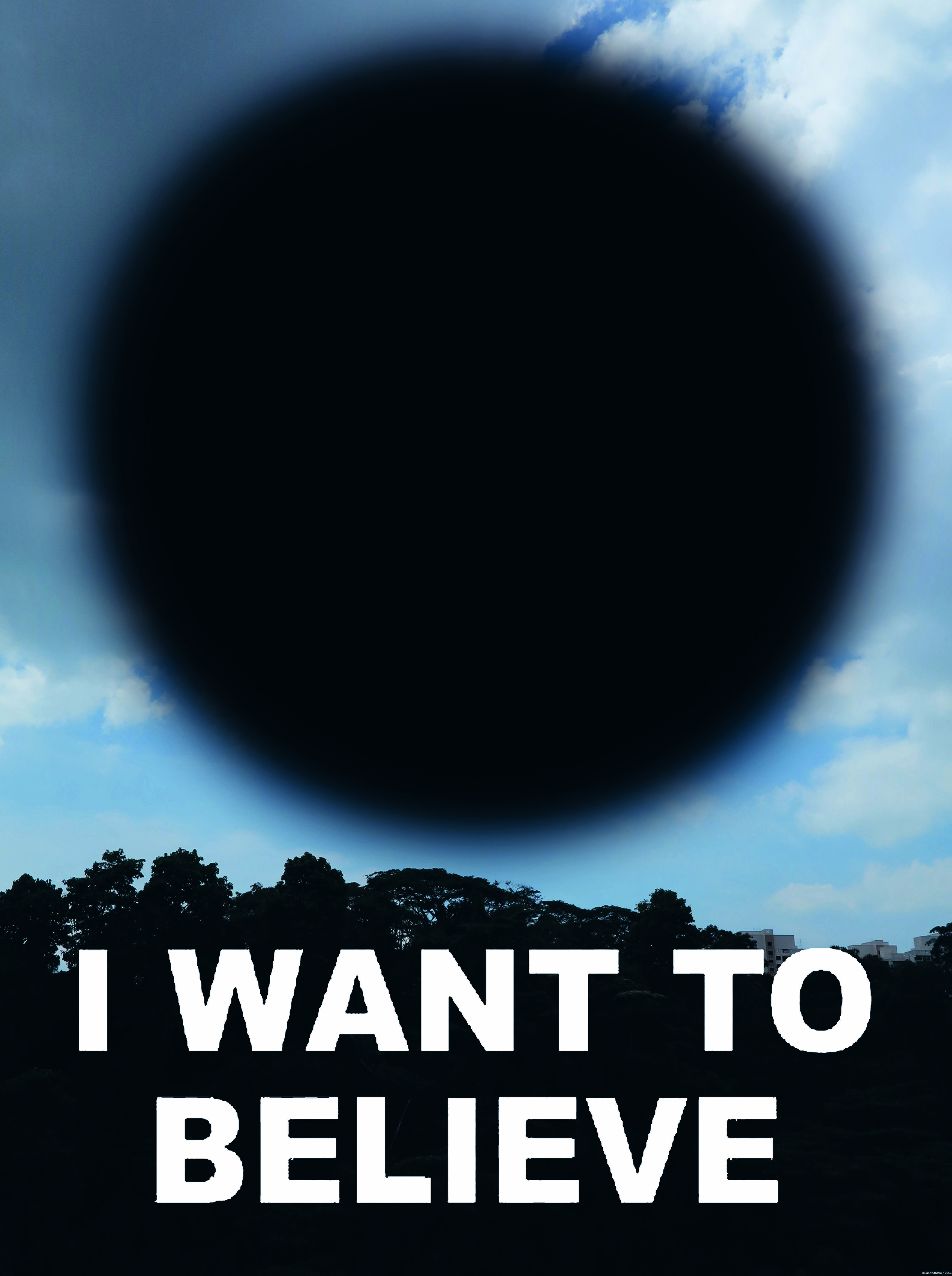 Heman Chong, I Want to Believe, 2016. Digital file, freely distributed without copyright. 29 1/2 × 39 3/8 in. (75 × 100 cm). Collection of the artist. Picture credit: courtesy the artist.
Heman Chong, I Want to Believe, 2016. Digital file, freely distributed without copyright. 29 1/2 × 39 3/8 in. (75 × 100 cm). Collection of the artist. Picture credit: courtesy the artist.
Featuring painting, textiles, installation, photography, sculpture, printmaking, and more, the book gives readers a comprehensive view into how artists today are communicating their ideas through text-based art.
Artists included in our latest survey include: Adam Pendleton, Sophie Calle, Tracey Emin, Ed Ruscha, David Shrigley, Rirkrit Tiravanija, Roni Horn, Hank Willis Thomas, and Shilpa Gupta among others.
As always with the Vitamin series, the design of the book jacket echoes the content inside. Vitamin Txt features a visual motif of a shaded square that references the blinking cursor symbol of old-fashioned digital word processing systems. The cover features all of the artists’ names overlapped on each other, forming a “cluster of thought” and building the identity of the book through text only, all printed on a shiny silver matte paper.
There's been a number of text-based art exhibitions in recent years - not least by artists such as Lauren Halsey, Barbara Kruger, and Adam Pendleton. If you enjoyed them, or couldn't get to them, this is the book for you. Meanwhile, if you’re planning a visit to the current shows in the US featuring Ed Ruscha, Judy Chicago, and Rirkrit Tiravanija you’ll find it an invaluable primer to help you understand everything going on in text-based art right now.
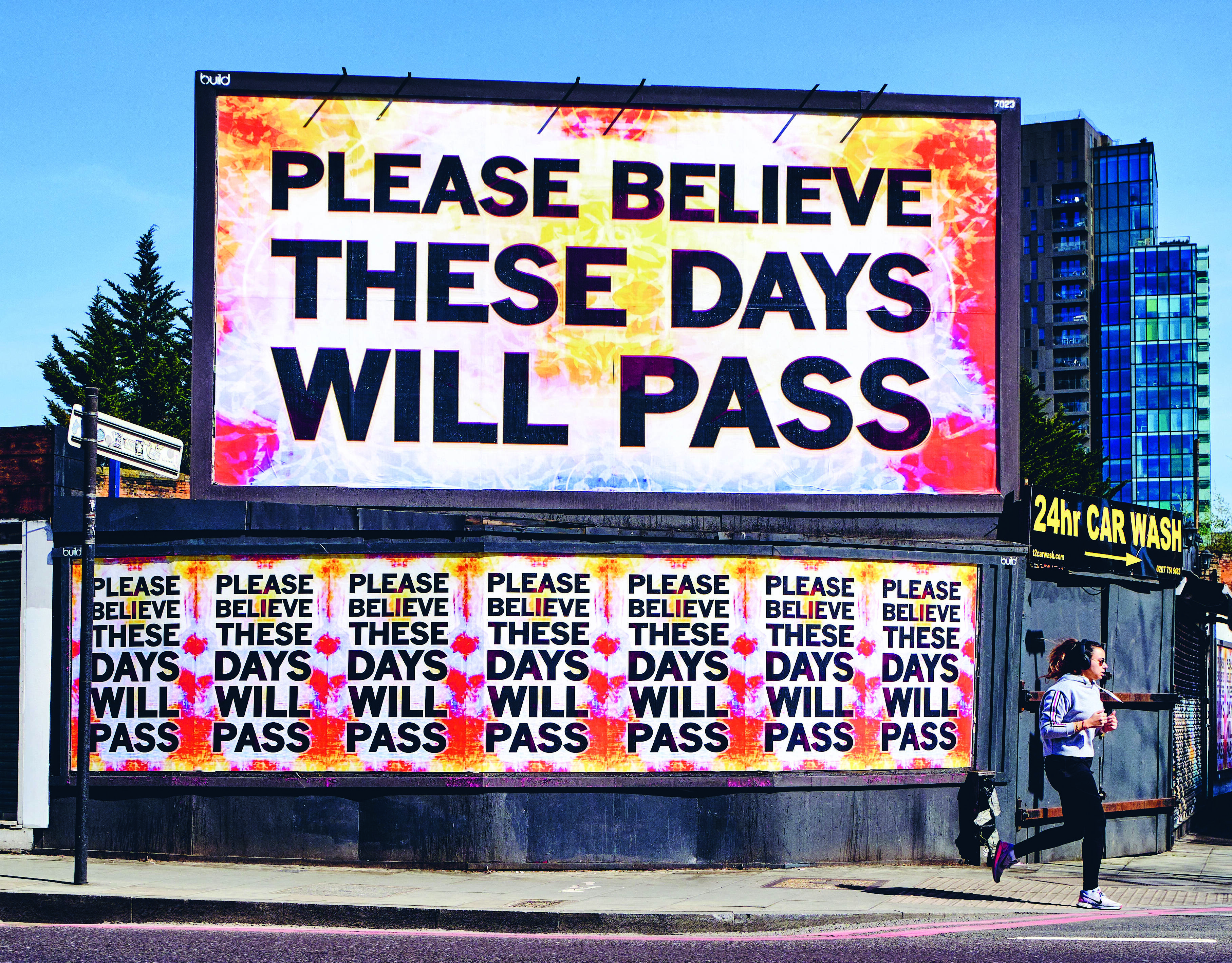 Mark Titchner, Please Believe These Days Will Pass, 2020. Digital print on blueback paper. Dimensions variable. Installation view: Commercial Street, London, UK. Picture credit: artwork © and courtesy the artist / courtesy Jack Arts.
Mark Titchner, Please Believe These Days Will Pass, 2020. Digital print on blueback paper. Dimensions variable. Installation view: Commercial Street, London, UK. Picture credit: artwork © and courtesy the artist / courtesy Jack Arts.
The book even provides a good deal of historical context. As Evan Moffitt writes in the introduction: “From the moment ancient Sumerians used the image of an ox to represent a sound, text and image have served related semiotic functions. How, then, in our contemporary era, did we come to consider them so separable?”
Moffitt’s answer traverses time and place, tracing the history of text in art from illuminated manuscripts and ancient Chinese calligraphy, all the way to contemporary digital art. Buy Vitamin Txt here.
